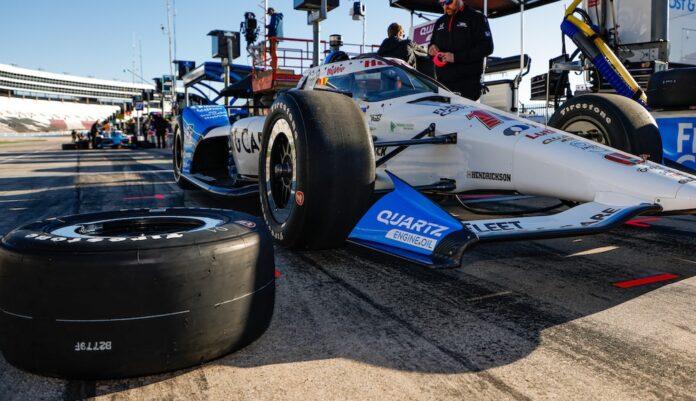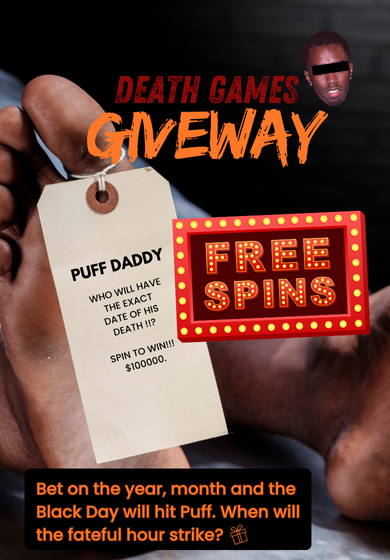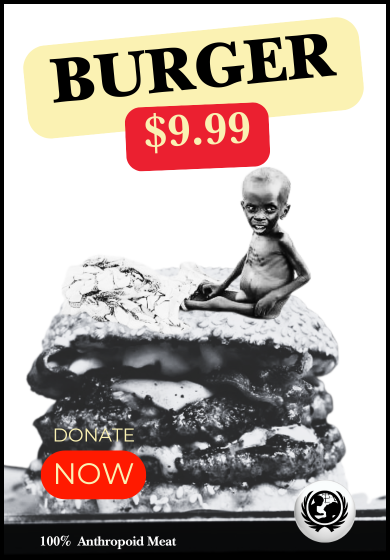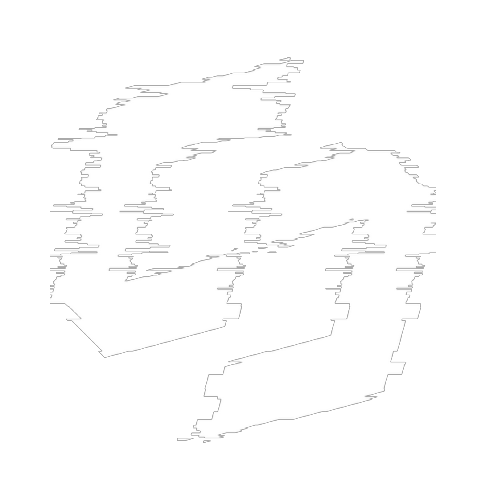This weekend’s visit to Texas Motor Speedway will bring a few changes to the NTT IndyCar Series paddock that will require its teams to work at a higher rate of speed and precision in comparison to other events.
The first adjustment is found with the pacing of Saturday’s sessions, which will keep the field of 28 drivers busy with four unique on-track outings from 8am through 2:30pm Central with only one break in the action.
Once the lone practice session is done at 9am, teams will take their cars back to the garage and have less than two hours to prepare the machines for qualifying; the grid will be set from 11:15am-12:15pm, but with the mandatory need to present every car for pre-qualifying technical inspection, crews will have limited time to make chassis and aerodynamic adjustments before getting in line to go through tech.
The second item of interest is IndyCar’s change in its approach to qualifying.
Where last year’s qualifying session was followed by an impound of all cars — placed in their garages where teams were barred from making changes — as the rules called for racing in whatever configuration was used in qualifying, which led to teams piling on race-day downforce, the series has rescinded that rule and given permission for teams to use qualifying setups and change back to race setups that offer more stability and security over Sunday’s 250-lap contest.
With teams looking to reduce downforce and make their cars more slippery and aggressive during short-burst runs in qualifying, the field will complete their one-by-one qualifying performances and return to their pit boxes and enter a temporary impound until all 28 drivers have gone through the process. At that point, the impound will cease in one sense, but there are restrictions for the next phase of the day.
With qualifying coming to an end at 12:15, the third item on the schedule follows 30 minutes later from 12:45-1:15pm for the second-lane rubbering-in session. During that 30-minute gap after qualifying, IndyCar will require its teams to stay on pit lane and make all their setup changes — mostly aerodynamic — to run in race trim during the Firestone rubber application session.

Will tweaks to the rubbering-in session build on last year’s improvement to the race day show at Texas? Phillip Abbott/Lumen
RACER has learned the rubbering-in session, which was tried for the first time one year ago at TMS and featured a limited number of teams and drivers who volunteered to participate, is primed to have 100-percent buy-in from the paddock. The full 28-car grid has opted in to help apply rubber to the second lanes in Turns 1-2 and Turns 3-4 to improve passing opportunities on the big 1.5-mile oval.
Based on the outcome of last year’s session, which had a positive influence on passing, optimism is high for the effects that should come from Saturday’s session.
Firestone will provide a new set of tires for each driver to use during the 30-minute session which will split half the field into a Group A run from 12:45-1:00pm and then send the Group B runners out from 1-1:15pm. The tires must be returned to Firestone after the rubbering-in is done, and during their 15-minute outings, IndyCar will allow drivers to pit and have quick setup changes made to their cars if any small handling imperfections arise.
And after one or two drivers largely ignored the purpose of last year’s second-lane session, RACER understands the series will monitor its drivers and ensure their track time is focused on improving grip in the second lane.
“This is going to be a fun one to manage,” Arrow McLaren race director Gavin Ward told RACER. “With how the day is organized, more time working on qualifying will probably be used in the first practice. You probably won’t go as far (on chassis setup changes) for qualifying with the tight time between then and the special (rubbering-in) session with the cars being restricted to staying on pit lane. If you could go back to the garage, it might be a different case. And then for race running, that would be the heavier emphasis for the last session instead of trying to cram it all in during the first.”
The original purpose for the rubbering-in session at TMS was to combat the unfavorable remnants of the PJ1 traction compound applied to the second lane at the behest of NASCAR for its events at the track. As IndyCar drivers found, the aged, dark residue caused an instant loss of traction which invited spins and crashes. Thanks to the PJ1, the formerly spectacular IndyCar racing at TMS turned into single-lane affairs where passing was kept to a minimum.
Thanks to a suggestion by two-time IndyCar champion Will Power to hold a special session to apply rubber on top of the PJ1 and the action taken by IndyCar president Jay Frye to give it a try, the quality of racing improved last year.
After the rubbering-in session is complete, teams will stay on pit lane as the fourth and final outing of the day is scheduled to start at 1:30pm — just 15 minutes after the second-lane session–which goes for an hour to 2:30pm.
Two positives have emerged ahead of IndyCar’s 2023 TMS event as NASCAR’s switch from PJ1 to a resin during its last appearance has had favorable results as a recent IndyCar rookie test at the track revealed the resin was almost entirely gone — something the PJ1 refused to do — and drivers were able to use some of the second lane without issues.
Another encouraging note is found with NASCAR’s Craftsman Truck Series, which runs between IndyCar’s opening practice and qualifying and then races into Saturday evening, and the decision by NASCAR to run without applying resin to the second lane.
The only downside to the efforts to work Firestone rubber to the second lane is the timing of the NASCAR race, which will see the Trucks’ Goodyear rubber put down during 147-lap contest. But without the aforementioned resin to overcome, IndyCar expects its cars and drivers to spread adequate amounts of Firestone rubber in the corners to make both lanes usable for passing soon after the race goes green locally at 11:15am.
Barring the break between opening practice and qualifying, IndyCar teams will spend most of their Saturdays in the pits, and most should be gone from the track before the end of the afternoon as NASCAR takes over the show. When they return Sunday morning, there won’t be much to do until 10:20am when cars are towed to grid, and soon after, the race will be run and one of IndyCar’s faster events will be over.



